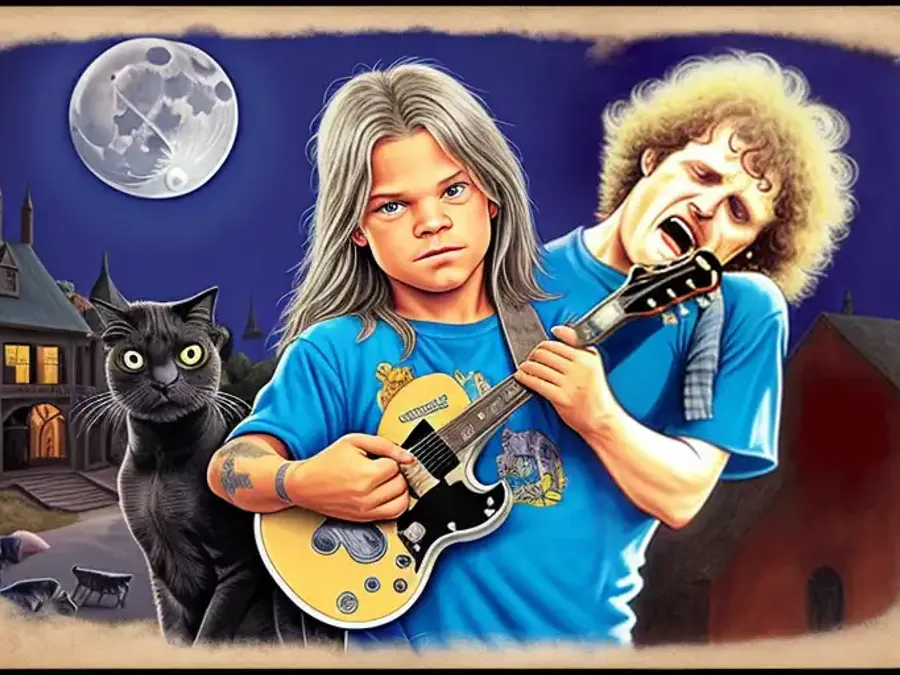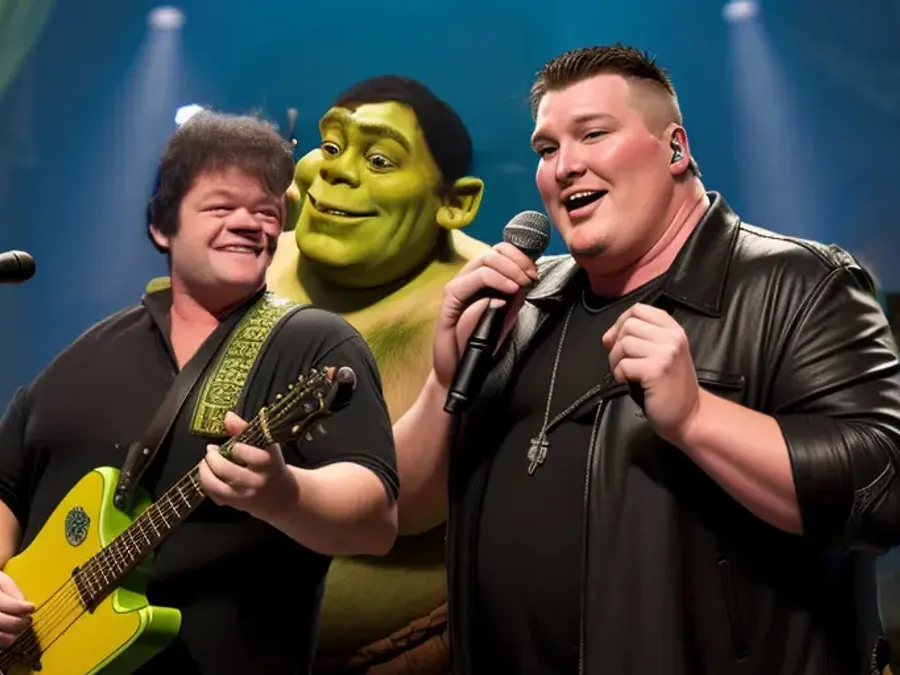A Hazy Shade of Winter

A Hazy Shade of Winter - the Simon and Garfunkel original
I wasn’t around in 1966, when Simon & Garfunkel’s A Hazy Shade of Winter was released. I can imagine, though, if I had been. I’m listening to my transistor radio, and the AM DJ starts spinning a new record. The song launches into action with an insistent acoustic guitar riff. And I think to myself, “Sounds like someone’s taking musical inspiration from The Byrds, not to mention Day Tripper!”
The Beatles’ Day Tripper was released the previous year, and it’s not difficult to believe the song was heard everywhere by everyone. It was The Beatles, after all.
As Hazy’s harmonized vocals appear in the first verse, my next thought may very well have been, “Is this… hang on, is this Simon & Garfunkel?! The Scarborough Fair guys? April Come She Will? I didn’t know they could pull off this much oomph. Well done, fellas!”
The song continues, and the chorus brings back that Day Tripper riff while S&G sing “Look around / leaves are brown / and the sky is a hazy shade of winter.”
Upon hearing these lyrics, I may have thought “Hey… waitaminute. Those lyrics sound awfully close to ‘All the leaves are brown / and the sky is grey.’ You know, from that Mama’s and Papa’s song that will probably soundtrack every 1960’s-set film and tv show in about thirty years’ time?”

California Dreamin’ was released in 1965. The same week as Day Tripper, as it happens.
The Byrds, The Beatles, The Mamas and The Papas… Am I calling Paul Simon a thief? I am not. There is such a thing as zeitgeist. Plus, Simon has shown more than enough flowing creativity to demonstrate that he has no need to steal anything from anyone.
However.
I’ve always gotten the sense that Paul Simon tries a little too hard to prove that he is worthy not only of attention and respect from popular culture, but from academics and elite as well. It’s as if there’s always a rumbling subtext of “Hey, world! Why don’t you see that I’m a goddamned genius!?”
It doesn’t stretch my imagination to think that Simon heard California Dreamin’s opening lines, and started correcting it like one of his NYU poetry student’s assignments. “Don’t say the sky is grey, say it’s a hazy shade of winter. Isn’t that better? More evocative? Better luck next time, John Philips.”
To be fair, Wikipedia tells me Simon wrote most of Hazy’s lyrics in 1965, likely before he ever heard Dreamin’. I invite you to take my story as a fable rather than speculation.
As for copying Day Tripper, it wouldn’t have been Simon’s first time going toe-to-toe with the Fab Four. It’s widely known that Simon heard the timeless simplicity of Yesterday and said to himself “I want one of those too. I think I’ll write Bridge Over Troubled Water.”
Even given all that, though, the 1966 me would have enjoyed Hazy. It’s incredibly catchy. But I would have also found the lyrics a bit over-wrought. The sentiment itself (life flies by all too quickly, where did it all go?) is solid enough, but from the mouth of 25 year-old Simon, it comes off more maudlin than profound.
The Bangles cover A Hazy Shade of Winter
I was around in 1987.
At 11 years old, I had never heard the Simon & Garfunkel song. My ears were as pure as a patch of snow when my Sony stereo speakers introduced The Bangles’ version with its spacious and forbidding harmonies, whispering “time… time… time… “ A chill shimmered down my spine like a mid-December freeze. (For more on this phenomenon, I highly recommend 12tone’s excellent video “The Music in Winter Levels Sound Like Winter”— it’s about video game music, but it easily applies to any genre of music.)
No sooner did I huddle myself against the frosty soundscape than Vicki Peterson’s electric guitar tore through the chill with that fiery guitar riff. Her sister Debbi pounds quarter notes on her snare drum, stoking the fire even hotter. A screaming Hammond B3 adds another red hot element, transforming that teasing winter wind into full-force gale, carrying me forward at whiplash pace.
Once the verse kicks in, the band’s three (or four?)-part harmonies are on non-stop display. To my ears, the harmonies overshadow the lyrics. Their poetry and intent takes a back seat to something more like a feeling: there is a darkness and danger lurking just around the corner. Beware.

The driving beat gets a brief respite during the bridge, but the eerie tone is still with us. We’re in the eye of the storm, a brief moment to breathe before the Peterson sisters storm in with their drums and guitar once more, barreling ahead with no brakes.
The song crescendos in its final moments. The instruments build, the beat intensifies, the bass line rises to subtly change the harmonic structure of the repeated lyrics, and an abrupt stop leaves us with the final image of winter melting into the past.
Comparing Simon and Garfunkel and The Bangles
Simon & Garfunkel’s version of Hazy is fine. But it does feel like it’s trying very hard to be “a thing,” never quite reaching its goal. It’s as if S&G are cautiously playing in a musical space that’s not entirely familiar to them.
The Bangles’ Hazy feels right at home, as if this is what the song was begging to become all along. Susanna Hoffs says that she had wanted to cover the song ever since she’d heard it in 1981, and had that same surprised reaction: “Wait, this is Simon & Garfunkel?!” She and her bandmates, with a producing assist from 80’s hitmaker Rick Rubin, successfully make the song their own.
Two elements of the Bangles’ version may lend a clue as to why it works so well:
The harmonies. Most of The Bangles’ hits featured Hoffs solidly out front. It was rare to to hear the band showcasing such inventive vocal arrangements. The effect is that the song no longer has a single narrator singing about their life, but is more like a Greek chorus daring you to reflect on your own life.
The omission of the second half of the bridge. In the original, S&G ask you to “remember me at any convenient time” while Simon drunkenly wends his way through pages unpublished poems. Without this line, the song is again made less about the singer so it can focus more on the listener.
Conclusion
In most respects, the two versions of this song are honestly pretty similar. Your enjoyment of either one could easily come down to which music production style suits your taste: 1960s acoustic literalism, or 1980s over-polished pop. My taste is for the latter, and that’s likely influenced by the music I listened to when I was growing up.
As for rating whether the cover is better than the original, I’m not entirely comfortable placing any kind of value judgement on anyone’s art. I will, however, offer this: These days, Simon’s live arrangement of Hazy sounds much closer to The Bangles’ version than what he and Garfunkel recorded back in 1966.
Rejected art
Please enjoy these rejected cover images for this article.





